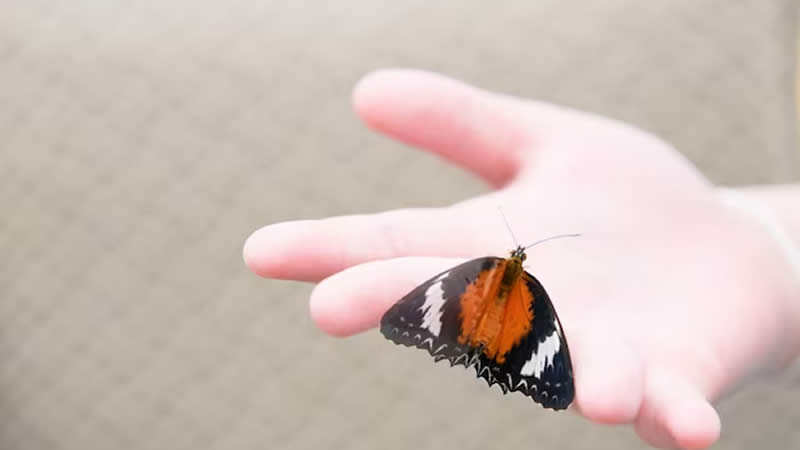
UK Butterfly Populations Soar to Highest Level Since 2019, Red Admiral Witnesses Notable Surge
Share0
The Butterfly Conservation wildlife charity has announced a heartening resurgence in the UK’s butterfly population, reaching its highest level since 2019. A recent study, conducted between July 14 and August 6, revealed an impressive count of over 1.5 million butterflies and day-flying moths. Among them, the red admiral emerged as the most frequently sighted butterfly across the UK, with an astounding 248,077 observations. However, long-term trends suggest that several species have experienced significant declines since the initial count commenced 13 years ago.
Dr. Zoe Randle, representing the Butterfly Conservation, underscored the importance of butterflies as indicators of a healthy environment. She highlighted that this year’s mixed weather conditions have been beneficial to these insects. Despite a combination of rainy and hot days, lush vegetation has flourished, providing ample food sources for caterpillars. Particularly noteworthy is the red admiral, which exhibited a remarkable 338% increase compared to the previous year’s count. This species, traditionally found on the Mediterranean coast or in North Africa, appears to be adapting well to the changing climate in the UK.
The research heavily relied on data collected by volunteers across the country, who diligently tracked butterfly abundance and the distribution of various species. Dr. Randle commended the heightened public engagement this year, expressing delight at the increased participation and the number of counts conducted throughout all UK regions. The wetter weather in 2023 appears to have had a positive impact on butterfly populations, with an average of 12 butterflies recorded per count, as opposed to the nine counted during the dry and hot periods of 2022.
According to the Big Butterfly Count, the second most commonly observed species following the red admiral was the gatekeeper, with 222,896 sightings, reflecting a 12% increase from the previous year. However, long-term data paints a different picture, revealing a 28% decline in gatekeeper populations since 2010. White butterflies, notably large whites and small whites ranked third and fourth, with sightings of 216,666 and 190,506, respectively. These figures represent an 11% and 15% increase compared to the previous year.
While several species experienced positive growth, others, such as the ringlet, common blue, and speckled wood, have witnessed declines since last year and over the long term. Dr. Richard Fox, the head of science at Butterfly Conservation, stressed that habitat loss remains a critical threat to butterfly populations. Creating suitable habitats for butterflies, where they can find sustenance, reproduce, and seek shelter, is pivotal to their survival and flourishing.
